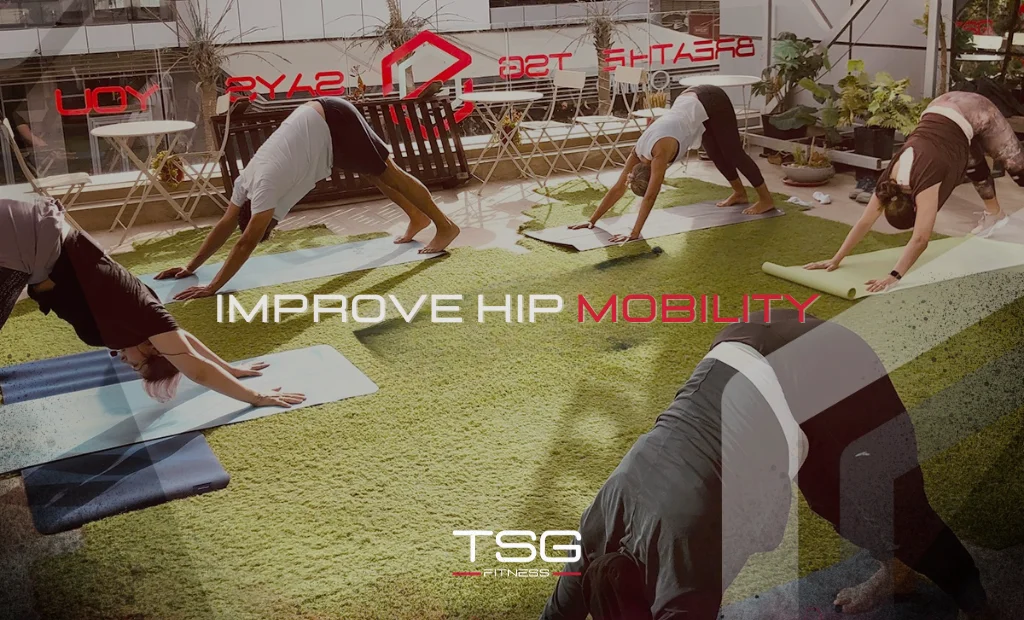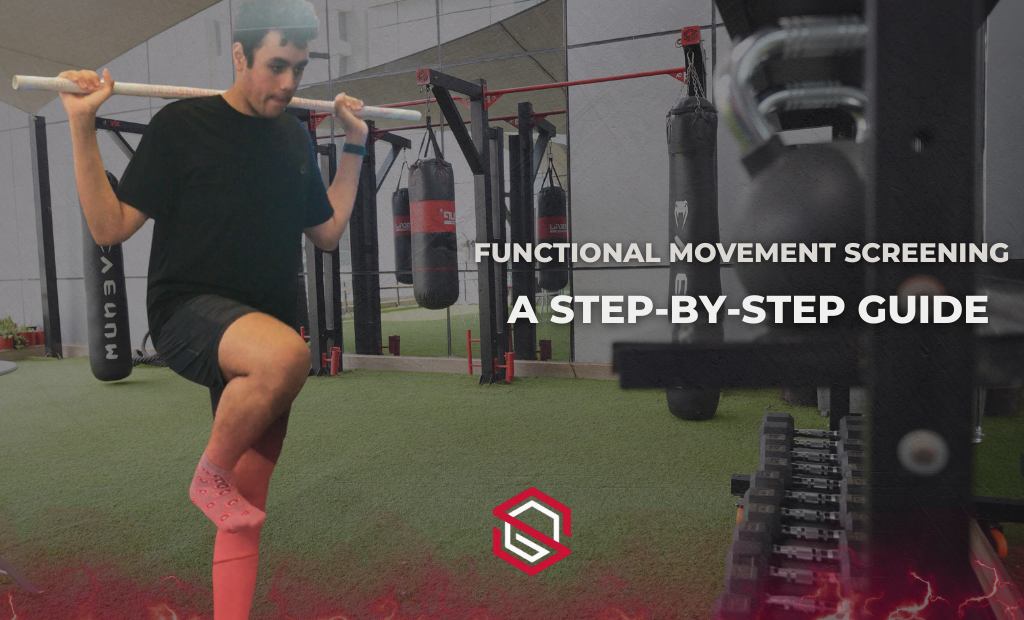
The 5 Best Hip Stretches to Improve Hip Mobility
Tight hips can sneak up on you. Whether you sit at a desk all day, train hard at the gym, or simply move less than your body deserves, reduced hip mobility is often the culprit behind nagging lower back pain, stiff movement, or underperformance in workouts. Your hips are the powerhouse of your lower body, and unlocking them can be a game-changer.
Improved hip mobility enhances posture, reduces injury risk, increases strength potential, and improves your ability to move with ease in everyday life and athletic performance. The good news? You don’t need to overhaul your routine. Just 10–15 minutes of targeted stretching a few times a week can make a massive difference.
Let’s dig into the five best hip stretches you can do to improve hip mobility, restore range of motion, and feel better from head to toe.
Why Hip Mobility Matters for Movement and Performance
The hips are a major joint system that connects your upper and lower body. Healthy hip mobility allows for smooth, pain-free motion in walking, squatting, lunging, running, and even standing.
When hips are tight or restricted, you might notice:
- Lower back pain
- Knee discomfort
- Poor squat or deadlift form
- Reduced stride length while running
- General stiffness and fatigue
By prioritizing hip mobility, you unlock greater strength, better balance, and more freedom of movement. It’s not just a “mobility issue” — it’s a performance solution.
Best Practices Before You Stretch
Before diving into the top hip stretches, remember these key tips to maximize their effectiveness:
- Warm up first: Light cardio or dynamic movements increase circulation and prepare your muscles.
- Breathe deeply: Don’t hold your breath — relaxed breathing helps your muscles release.
- Don’t force it: Stretch to the point of tension, not pain.
- Hold each stretch for 30–60 seconds and repeat for 2–3 rounds per side.
- Be consistent: Hip mobility improves over time — stick with it.
1. 90/90 Hip Stretch
The 90/90 is a staple for hip internal and external rotation, targeting deep hip joint muscles that don’t get much love from typical stretches.
How to do it:
- Sit on the floor with your front leg bent at 90 degrees and your back leg also bent at 90 degrees behind you.
- Keep your torso tall and lean forward over the front leg.
- You should feel a stretch in the hip of the front leg and a secondary stretch in the back hip.
- Switch sides after 30–60 seconds.
Why it works:
This stretch is excellent for athletes, lifters, or anyone with hip tightness caused by sitting or repetitive movement. It targets internal rotation — a movement often neglected but crucial for squats and lunges.
2. Hip Flexor Stretch (Couch Stretch Variation)
Tight hip flexors are one of the most common issues caused by prolonged sitting. This stretch targets the front of your hip and thigh while improving extension range.
How to do it:
- Get into a lunge position with your back foot elevated on a bench or couch.
- Push your hips forward while keeping your chest tall and spine neutral.
- You should feel a deep stretch in the front of your back leg.
- Hold and switch sides.
Why it works:
It lengthens the iliopsoas and rectus femoris (two major hip flexors) and promotes better hip extension — essential for running, walking, and proper posture.
3. Pigeon Pose (Yoga-Style Hip Opener)
One of the most effective and popular stretches to open the hips, pigeon pose targets the hip rotators and glutes.
How to do it:
- From a plank position, bring one knee forward and place it behind your wrist, with the shin angled across your mat.
- Slide your other leg straight back.
- Keep your hips square and slowly lower your torso over the front leg.
- Use props or a cushion if needed.
Why it works:
This deep glute and piriformis stretch releases tension, improves external rotation, and can reduce hip and lower back discomfort.
4. Deep Squat Hold (Third World Squat)
This isn’t just a stretch — it’s a position your body should own. Deep squat holds strengthen hip flexors, open the hips, and improve ankle mobility.
How to do it:
- Stand with feet shoulder-width apart and toes slightly out.
- Drop into a deep squat, keeping heels down and chest upright.
- Hold onto a stable object if balance is tricky.
- Hold for 30–60 seconds and repeat.
Why it works:
Deep squats open up the hips, improve joint alignment, and mimic natural movement patterns that modern lifestyles tend to neglect.
5. Butterfly Stretch
This classic stretch targets the inner thighs and groin while encouraging hip opening in a safe, supported way.
How to do it:
- Sit on the floor with soles of your feet together and knees falling outward.
- Gently press your knees down toward the ground.
- Keep your spine tall and avoid rounding your back.
Why it works:
Great for beginners, this stretch gently works the adductors and helps restore healthy range in hip abduction (moving legs away from the midline).
When and How to Incorporate Hip Stretches
To truly improve hip mobility, you need to make stretching part of your weekly training routine, not an afterthought.
Do hip stretches:
- After workouts to cool down and recover
- On rest days for active recovery
- Before lower body days (use dynamic versions like leg swings)
- Daily if you sit for long periods or experience tightness
TSG Fitness trainers integrate mobility into every program, ensuring you’re building not just strength, but better movement patterns.
FAQs About Improving Hip Mobility
- How long does it take to improve hip mobility?
With consistent stretching 3–5 times a week, many people notice improvements in 2–4 weeks, depending on baseline flexibility. - Can poor hip mobility cause pain elsewhere?
Yes. Tight hips often lead to lower back pain, knee discomfort, and even poor posture, as the body compensates for restricted range of motion. - Should I stretch before or after workouts?
Use dynamic stretches before workouts and static holds after to maximize benefits and avoid injury. - Is yoga enough for hip mobility?
Yoga is excellent for mobility, but pairing it with strength training and targeted hip stretches will give you the best results. - What’s the best way to know if I have limited hip mobility?
Try basic tests like the deep squat hold or 90/90 sit — discomfort or poor alignment can signal restrictions. For deeper analysis, a coach at TSG Fitness can assess your movement.
Final Takeaway
Tight hips can limit everything — from your lifts to your posture to your day-to-day comfort. But the good news? You can fix it. These five hip mobility stretches are powerful, practical, and proven to help you move better, train stronger, and feel more freedom in your body.
At TSG Fitness, we go beyond just workouts. We teach movement — the kind that makes life easier, pain-free, and high-performing.
💬 Want a custom mobility plan? Chat with TSG Fitness on WhatsApp now and unlock better hips, one stretch at a time.



